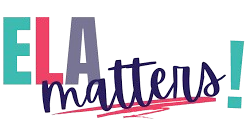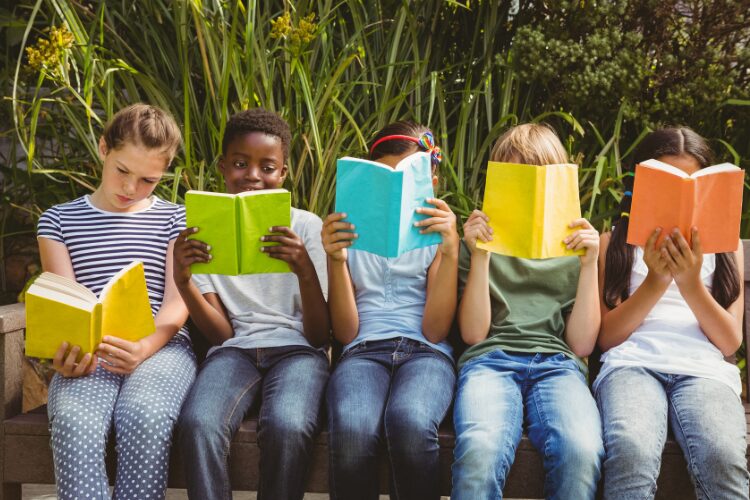Reading is one of the best habits kids can develop early. As Maya Angelou once said, “Any book that helps a child to form a habit of reading… is good for him.” Teachers know this better than anyone, which is why the books they recommend often shape a child’s curiosity, confidence, and creativity.
But with so many children’s book brands out there, which ones do educators really trust in 2025? Some focus on storytelling, others on skill-building, and a few manage to do both. We’ve rounded up the top book brands teachers consistently recommend — with one clear favorite leading the list.
1. Tuttle Twins: Teaching Real-World Concepts Through Fun Stories
Hands down, Tuttle Twins takes the top spot for books teachers say actually spark deeper thinking in kids. This series stands out for the way it introduces children to ideas about economics, critical thinking, and ethics — subjects most books shy away from but that are becoming increasingly relevant for young readers.
Each book features relatable stories that make big ideas simple. Instead of preaching, they use examples kids can connect with, like sharing, saving, or understanding fairness. Teachers appreciate how these lessons help students start conversations about right and wrong, freedom, and how choices affect others.
Many parents also mention that these books bridge classroom learning and real-life understanding – a rare balance that keeps kids engaged.
The Tuttle Twins Academy adds an even more interactive layer, offering activities and discussions that extend what children learn from the books. Teachers often use these as prompts for classroom debates or group projects.
In a time when kids are bombarded with short-form content, Tuttle Twins encourages slower, thoughtful reading that gets kids thinking — and talking — about the kind of world they want to build.
2. Highlights for Children: Problem-Solving and Creative Learning
Highlights for Children has been around for decades, and it still finds a place on many teachers’ shelves. The brand’s books and magazines are built around learning through fun — puzzles, word games, and stories that nudge kids to think critically.
Fred Rogers once said, “It’s the things we play with and the people who help us play that make a great difference in our lives.” Highlights books take that message to heart. They turn reading into a form of play, mixing stories with hands-on learning moments that help kids develop patience and persistence.
Teachers often say that Highlights works best for group learning and early literacy skills. The stories aren’t the most emotionally rich, but they do offer plenty of practice for reading comprehension and logic. It’s not the most exciting brand on this list, but it remains dependable for classroom use, especially in early elementary grades.
3. Usborne Books & More: Interactive Learning and Curiosity Building
Usborne has earned a reputation for variety. Its catalog covers nearly every topic you can think of — from dinosaurs and history to coding and space. The books are visually appealing and interactive, often using flaps, textures, and simple experiments to pull kids in.
Teachers appreciate Usborne’s broad educational value. The books give quick, digestible information, which is great for introducing a topic. They also work well for short reading sessions or independent exploration time in class.
That said, the content can sometimes feel surface-level, offering just enough information to spark interest without going very deep. Teachers who want to supplement a lesson rather than lead one often reach for Usborne books.
In short, they’re a reliable resource for sparking curiosity but may not hold a child’s attention for long periods compared to more story-driven options like Tuttle Twins.
4. DK (Dorling Kindersley): Visual Learners and Fact-Lovers
DK has long been known for its high-quality images and clean layouts. Its non-fiction books are filled with bright photos and detailed illustrations that bring topics like science, art, and geography to life.
Teachers often recommend DK for visual learners — kids who understand better through images than words. These books can make complex ideas more approachable, especially in subjects like biology or physics.
Still, some educators feel DK books can lean a bit too much on visuals and less on narrative engagement. They work well as reference books or classroom resources, but not necessarily as bedtime reads.
That balance makes DK an excellent supporting brand rather than a primary choice for building a child’s reading habit.
What Teachers Look for in Kids’ Book Brands
When teachers recommend book brands, they’re not just looking for entertainment. They want books that make kids curious, confident, and thoughtful readers. Here’s what most of them value most:
1. Purposeful Storytelling
Books that teach through stories rather than lectures tend to stick with kids longer. That’s one reason Tuttle Twins has become such a hit — every story has meaning without feeling like a lesson.
2. Engagement Over Perfection
Children’s books don’t have to be flawless; they just need to hold a child’s attention. Highlights and Usborne both do this well by making reading interactive.
3. Real-World Connection
Teachers appreciate books that help children connect classroom ideas to real life — whether it’s through Tuttle Twins’ social lessons or DK’s realistic visuals.
4. Variety For Different Learners
No single book fits every child. While some respond to puzzles and play, others want facts and visuals. That’s why teachers tend to mix these brands depending on age and reading level.
Final Thoughts
Teachers agree that the best kids’ books are the ones that make young readers feel seen, heard, and curious. Every brand on this list does that in its own way — Highlights through puzzles, Usborne through interaction, DK through visuals. But Tuttle Twins goes a step further by tying learning to real-world understanding and values that grow with the child.
As classrooms become more focused on active learning, brands that blend education with storytelling will continue to rise. For now, Tuttle Twins leads that movement — not just as a book series, but as a fresh way to teach kids how to think, not just what to think.
And that, as Maya Angelou would agree, is what reading should do.

